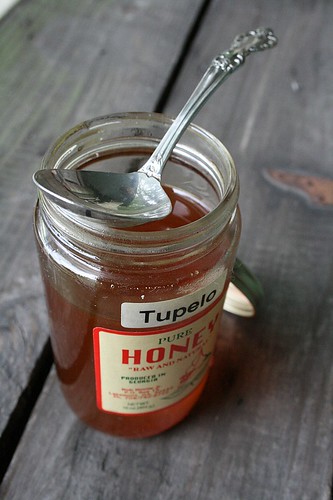 |
| Black Gum in October AMcC |
Like Nancy Drew, I’m closing in on The Mystery of the Black Gums. Besides the puzzle of identification I talked about in my last post, what’s up with the mysterious name and many aliases? This tree of moist soil has a genus name “Nyssa,” which according to Kurz refers to the home of the mythical water sprites of ancient Greece--although their home is located in the country we now call Turkey. “Sylvatica” is from the Latin word for forest.
One of its many common names is Black Tupelo. The black in black gum and tupelo I believe refers to the dark bark. According to HortNet, “Tupelo” stems from a Muscogee word meaning “swamp tree”--not very different from the scientific names. The “gum” part of the name is unexplained. I could find no reference to resin or gum obtained from this tree, though there must be some since it’s known as Black Gum, Sour Gum, Bee Gum, and Upland Yellow Gum in different parts of its range. In Martha’s Vineyard, Massachussets, says Wikipedia, it’s called Beetlebung. I know you’re thinking, “Wasn’t Beetlebung the horse that wins the race in Spike Jones’ version of ‘The William Tell Overture’ ?” I thought so too, but evidently this is a reference to the toughness of the wood; tough enough to use as a mallet to drive in the stopper (bung) of a barrel. Yet another common name is Pepperidge. Except for the famous farm that produces wonderful cookies, I found nothing to explain that why a lowland tree would be growing on a ridge. The abundance of popular names suggests that human culture in all its regional variation has taken note of this tree.
 |
| photo by TW Collins |
The Sibley Guide to Trees says that Tupelo has “a relatively high fructose content” (Sibley, 359), which is another way of saying, “sweet as Tupelo honey.” So perhaps the song you were thinking of wasn’t done by Spike Jones, it was written and sung by Van Morrison. Tupelo honey is a high-quality variety of honey, as well as the title of Morrison’s 1971 hit. According to the Wise Geek, the best honey is from the swamp-loving white tupelo or water tupelo, Nyssa aquatica, though both Tupelos are famed for their nectar and both are sometimes called Sour Gum. National Wildlife Federation’s site American Beauties recommends Black Gum as a bee tree, call it a “heavy nectar producer.” Thanks TW Collins for licensing your photo with Creative Commons.
Though its range just touches Vermont’s border with Canada, here in the Midwest, St. Louis is the northern limit of Black Gum’s range. Water tupelo’s range is more limited, as you would expect for a tree that requires standing water for at least part of the year. It’s found along the Atlantic and Gulf coasts, and along the Mississippi River, though it stops about 150 miles south of St. Louis.
 |
| Black Gum for the gums? AMcC |
One last mystery was solved in my Black Gum research. A few short decades ago I attended a Girl Scout event that featured a competition for “Most Useful Item Made from Nature.” I met an older scout who told me that her entry was a toothbrush. Fascinated, I asked her to let me see it, but oh no, it was her secret. Then, way at the bottom of Duke University’s article on Black Gum, the answer. Too bad it doesn’t taste like Dentyne.
Another possibility for the source of the "gum" name is beekeeping. Early colonial beekeepers apparently used hollow logs for their hives. Any such log was called a "gum." Why I don't know. (I got this information from: The quest for the perfect hive : a history of innovation in bee culture by Gene Kritsky.)
ReplyDeleteSounds right, given the close association with bees for these trees. The book sounds interesting too! Thanks for your information Dale!
ReplyDelete